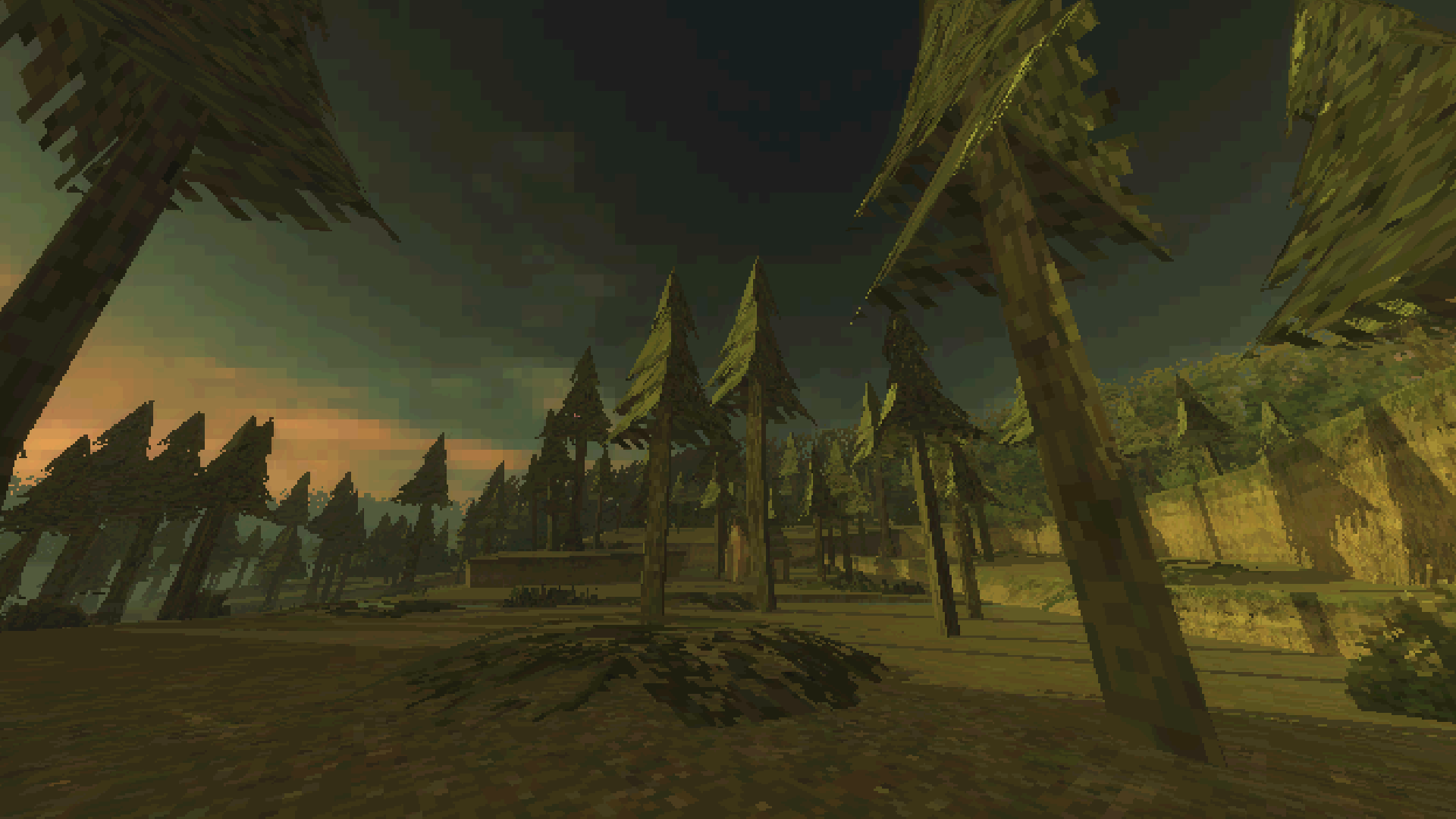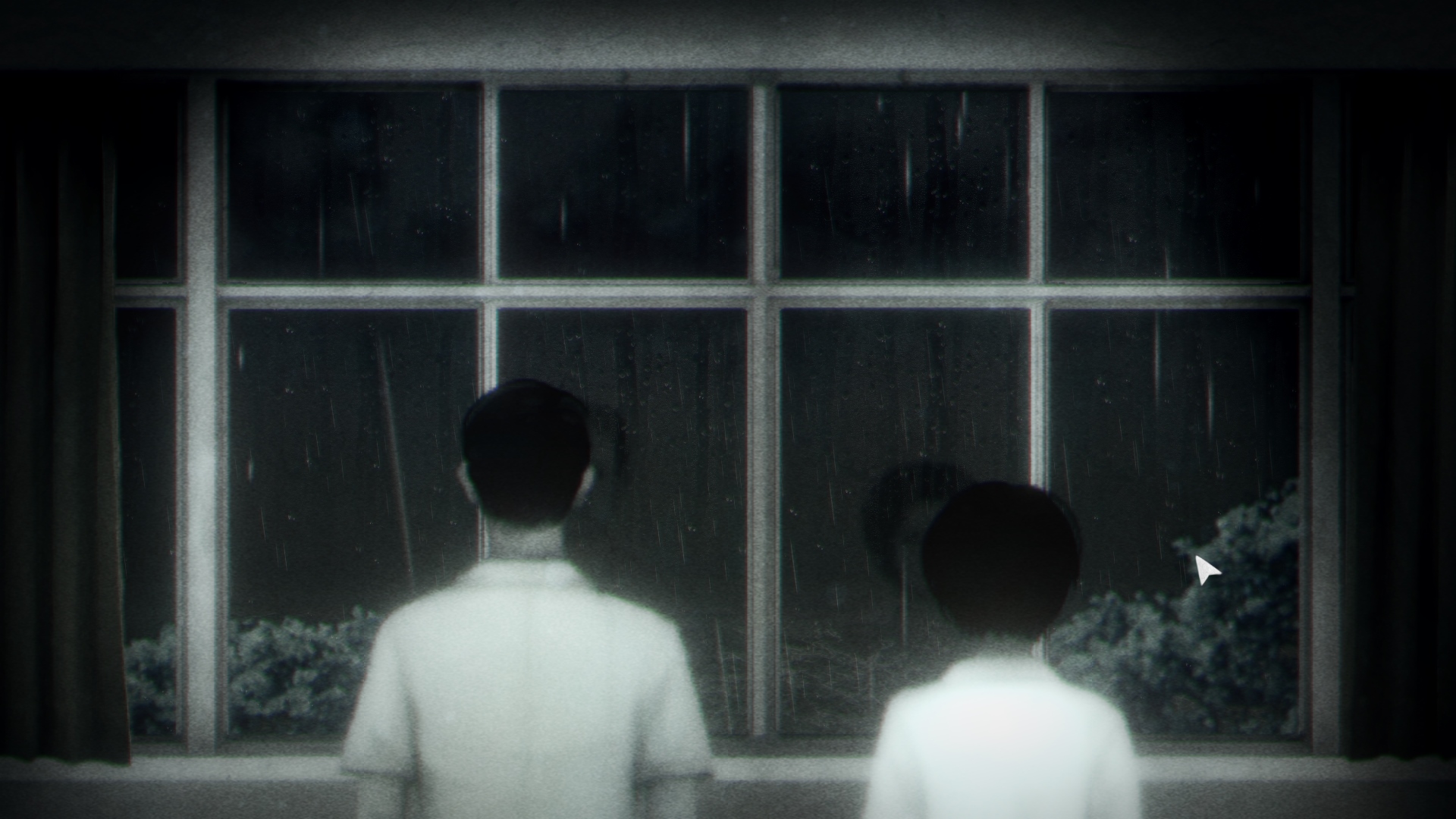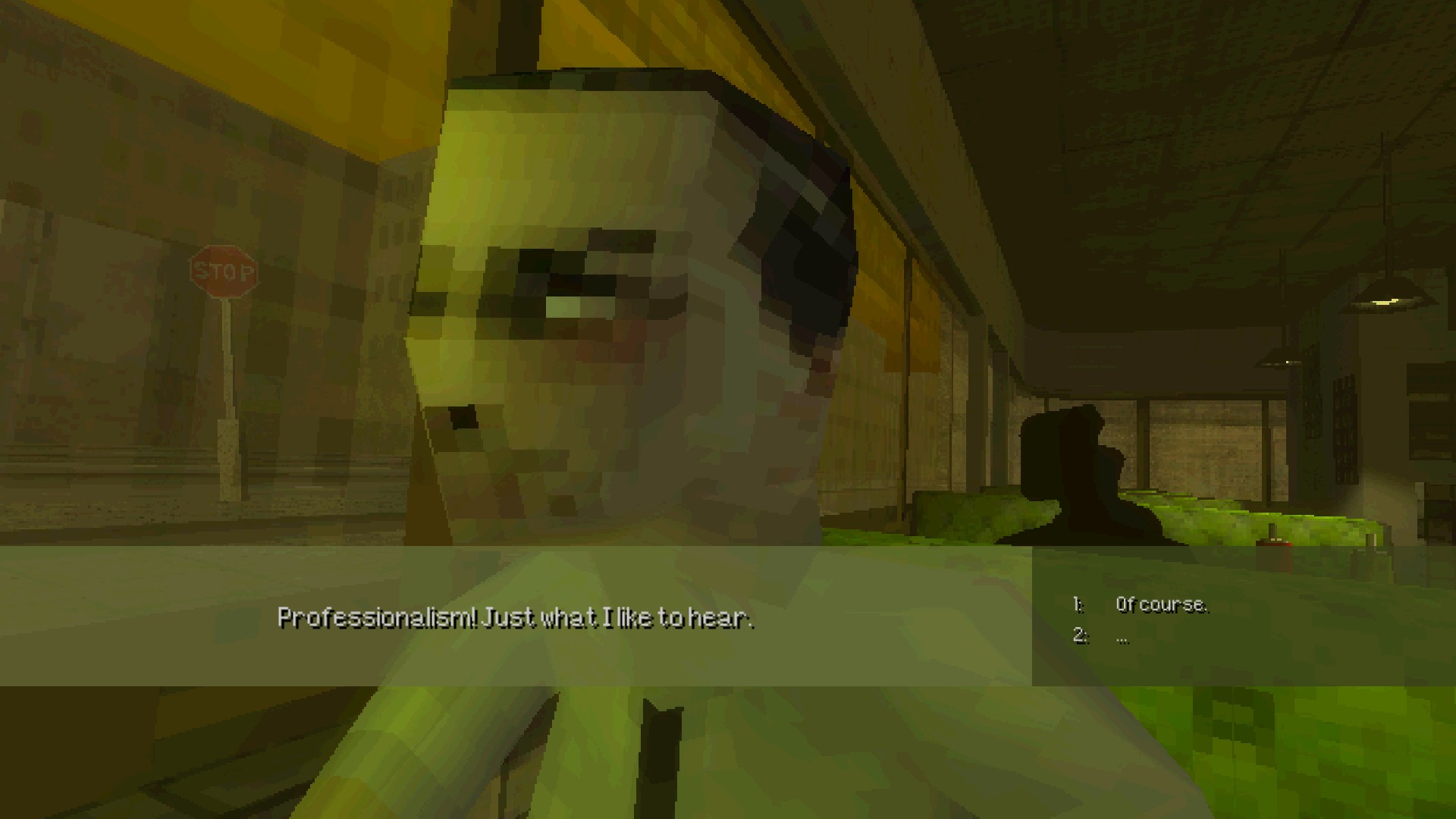5 Indie Horror Games That Don’t Rely On Jump Scares
The best indie horror games prioritise disturbing atmosphere over cheap tricks…

When you think of indie horror games, a few titles with cult followings immediately jump to mind. Sure, there’s Five Nights at Freddy’s or Bendy and the Ink Machine, but what about players who want a good fright without the tense, heart-pounding expectation of something jumping out from around a corner? What about the disturbing indie games that manage to terrify without cheap tricks?
The games listed here frighten players in an entirely different way. They play off your expectations of how a game should work, making you question your memory, your perception, your very sense of reality. To disturb means to foster anxiety, and these games never quite let you get comfortable, lulling you into a false sense of safety before throwing everything into confusion once more. People and objects don’t behave as they should, as we expect them to, and environments change from day to night, location to location, faster than should ever be possible. The result is disorientating – and it’s in this space of confused anxiety that these games thrive. Happy Halloween!
5. Detention

With its tattered, decrepit hallways and bathrooms clotted red with rust and blood, Detention is sure to remind players of the iconic town of Silent Hill. While it certainly borrows some atmospheric cues from the classic horror series, this game forges a new path for the genre with its settings and cultural trappings.
Set in 1960s Taiwan, the threat of punishment under the nation’s martial law haunts the characters as much as the game’s vengeful spirits. You take control of a pair of high school students who find themselves alone in their school just as the building descends into otherworldly chaos. To get out alive, they have to face their inner demons as well as the ones now haunting the halls. Scraps of paper and journals found throughout the levels paint a picture of life before everything turned sinister; they talk of informants and fear-laced meetings in secret, and a people every bit as scared for their safety amid a paranoid government as they are of the paranormal. It’s this intertwined cultural terror that makes Detention one of the most disturbing indie games out there.
Part 2D puzzler, part survival horror, Detention keeps you questioning your understanding constantly throughout the experience. Dice turn into teeth when you roll them, a biology lab transforms into a demonic puppet theatre from hell, and the past and present intertwine in maddening spirals until they distort all sense of exactly where and when you are. And all the while, terrifying music and the occasional cackling of the demonic “lingered” ensure you’re constantly on edge even when you think you’ve found a safe haven. Plus, school after hours has always been one of the creepiest things known to man – just check out our list of Back To School Indie Games.
4. The Uncle Who Works For Nintendo

While visual novels may not be everyone’s taste, if ever there was one to make an exception for, it’s The Uncle Who Works for Nintendo. Set at an unassuming sleepover, you play a young girl enamoured by her friend’s extensive collection of rare and unseen video game paraphernalia, all from – you guessed it – a mysterious uncle. But the night quickly falls apart at the seams, as half-forgotten memories bubble to the surface. Didn’t your friend have a brother? When exactly did she move to this big, beautiful house? And how come there aren’t any pictures of this uncle anywhere to be seen?
We’re not spoiling anything here, but suffice to say such gracious gifts may not be so selfless after all. Sparse in visuals, this narrative adventure paints a horrifying picture with text and sound. As you play games with your friend, the triumphant cry of Mario or the Legend of Zelda’s success jingle take on a sinister edge while your friend avoids giving answers about what exactly is going on. Descriptions disappear and reappear based on your character’s increased questioning so that you aren’t sure whether it’s your own memory or your character’s playing tricks on you. And while multiple, choice-based endings may be a hallmark for the genre, few use the technique to such complex and terrifying ends. Each successive attempt builds on your combined understanding until you finally crack the meta wide open.
3. Stories Untold

At first, it seems as if the four vignettes of Stories Untold have nothing to do with one another. All four rely heavily on 80s nostalgia, with old technology and synth-wave music peppering each encounter. But their locations couldn’t be more disparate: an arctic watchtower in the middle of a monstrous storm, a home office with a DoS monitor, a laboratory housing a mysterious artifact, and, finally, a hospital running the game’s opening cinematic on its television in a meta turn of events.
Despite this, developer No Code weaves a single thread through each of these stories, connecting them in ways that seem impossible at first blush, and definitely makes heavy use of breaking the fourth wall. While some sequences border on jump scares, for the most part, Stories Untold builds tension through stifling atmosphere and confusion, prompting you to interact with your environments in the form of menial tasks while dropping hints that things may not be as they seem. As you complete a series of horrendous experiments in a laboratory, for example, it slowly becomes clear that you may be the experiment yourself.
Every scene seems just a bit off-kilter, so that as a player you never feel like you have your feet under you. Just when you think you might have a hold on the plot, something unfolds that blows whatever understanding you think you had out of the water. Simply put, it’s one of those disturbing indie games that doesn’t let up from start to finish.
2. Darkwood

Darkwood may be the most prototypically “gamey” of all these entries. It features traditional combat and survival mechanics where you must gather supplies throughout the day if you hope to survive the night. While things may seem strange during the day, they’re nothing compared to the hellspawn that stalks your home at night, threatening to bash their way inside and devour you if you haven’t battened down the doors and windows thoroughly.
While Darkwood’s bloody monster designs may be terrifying, they’d seem par for the course, typical horror game fare, if it weren’t for your limited vision. You’re constantly at battle with your lantern, struggling to keep the darn thing lit, and even when you have enough fuel you can only see a triangular swatch in front of you where the light touches. Darkwood loves to play with your perception using this mechanic, having contorted bodies or demons appear just out of range of your lantern, only for them to disappear without a trace when you turn to get a better look.
If that didn’t add to the tension enough, the ever-encroaching night puts a time limit on everything you do, encouraging you to hurry along in gathering supplies for your home base if you hope to make it through safely. It makes every moment truly feel like a struggle to survive.
1. Paratopic

It’s hard to choose which is more haunting: Paratopic’s distorted PS1-era graphics or the garbled, ear-wrenching sounds its characters emit as speech. Both make every moment feel like the precipice of something horrible to ensure that you never feel like you have a moment’s rest. Scenes change in a split second from day to night, your location jumps around at a moments notice, even cutscenes have cameras that move wildly, zooming uncomfortably close on the polygonal faces until they’re unrecognisable. And its plot, which takes place out of sequence, proves every bit as disorienting as well.
In Paratopic’s world, videotapes provide sustenance in an addictive, drug-like way, but certain ones also poison the viewer, infecting them with otherworldly and deadly phenomenon. One woman’s face peels open like a flower, another man becomes cleaved in half and sports a television for a head. Explaining why isn’t Paratopic’s priority either, sowing confusion as much as fear as many questions are left unanswered.
Interspersed throughout its horror elements are long, drawn-out sequences masterfully building suspense in otherwise inconsequential tasks. Even driving or waiting for an elevator fosters a tense atmosphere. It’s almost a relief when the game’s otherworldly antagonist finally shows itself.
If these games make you uncomfortable or uneasy, then they’ve landed their punches. If they keep you up at night when you think back to them then they’ve succeeded. Horror can be surprising in quiet ways that don’t break your speakers with ear-deafening jump scares. Sometimes it’s the themes that sink down deep, eroding your sense of safety and well-being from within, making you question what was part of the illusion and what wasn’t, that stick with us the longest – forcing us to remind ourselves that it’s just a game… only a game.

